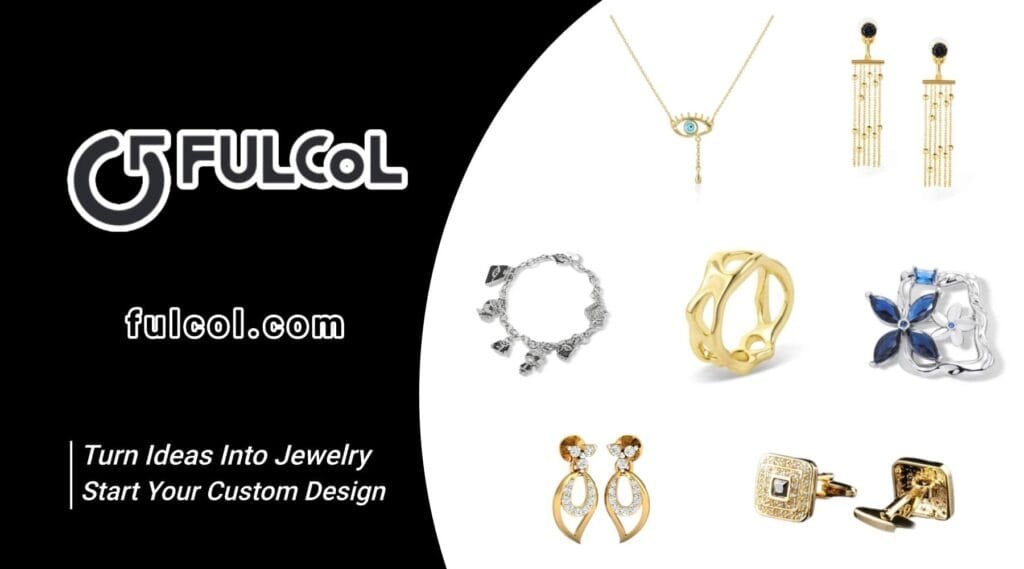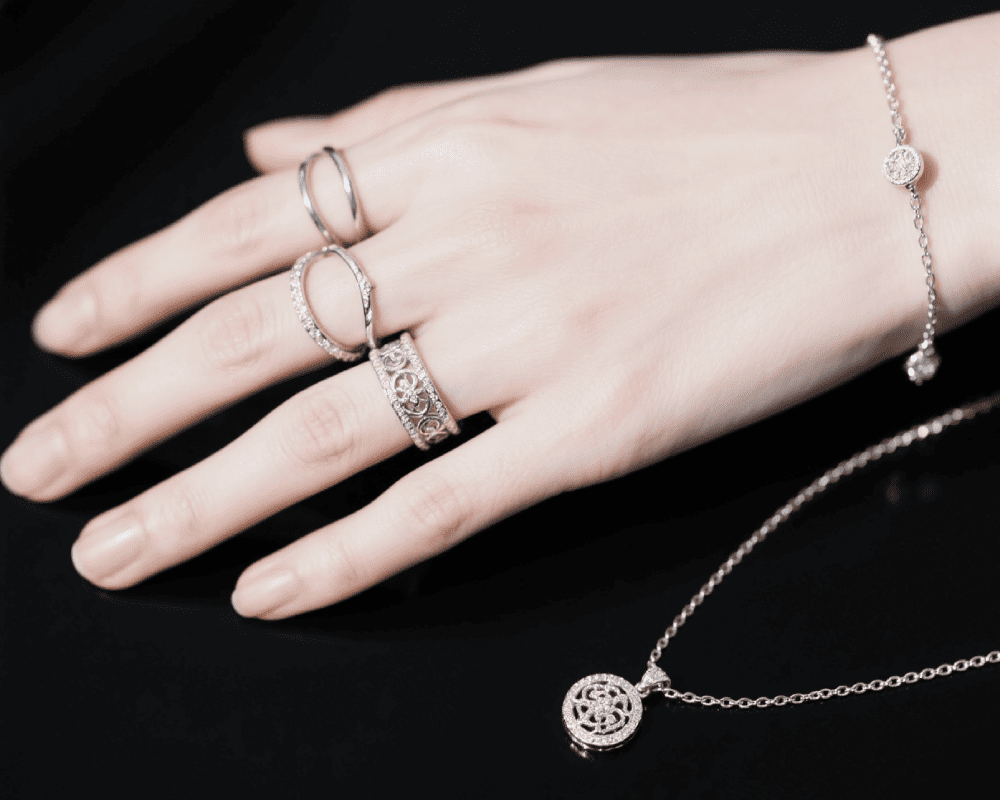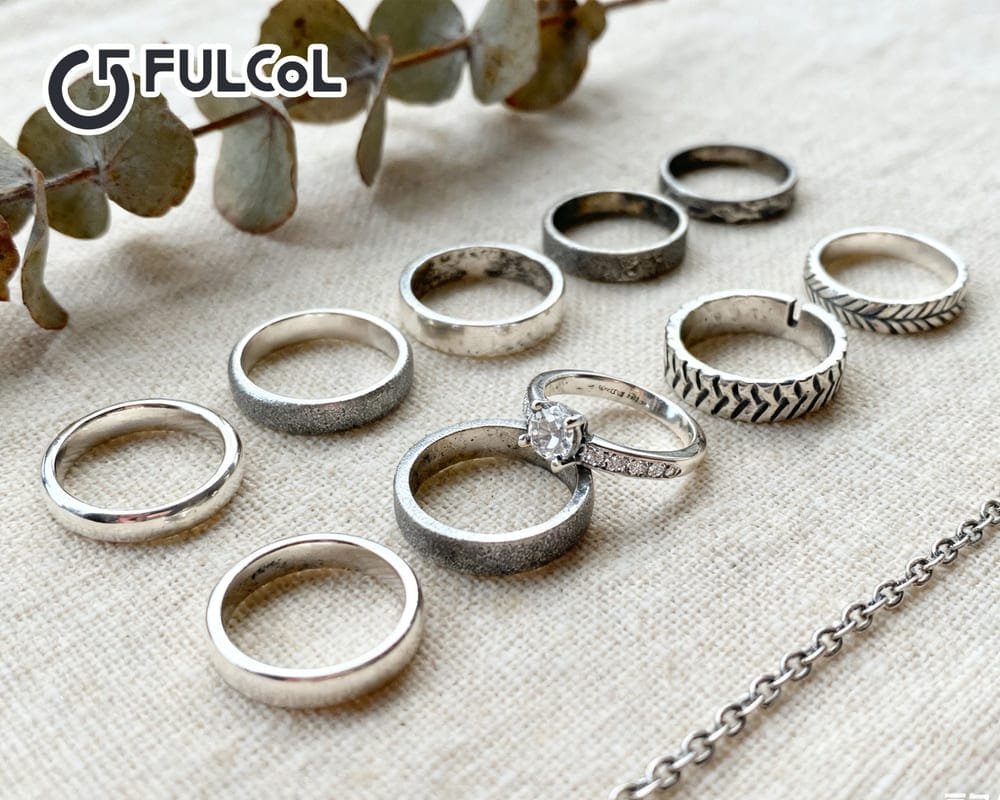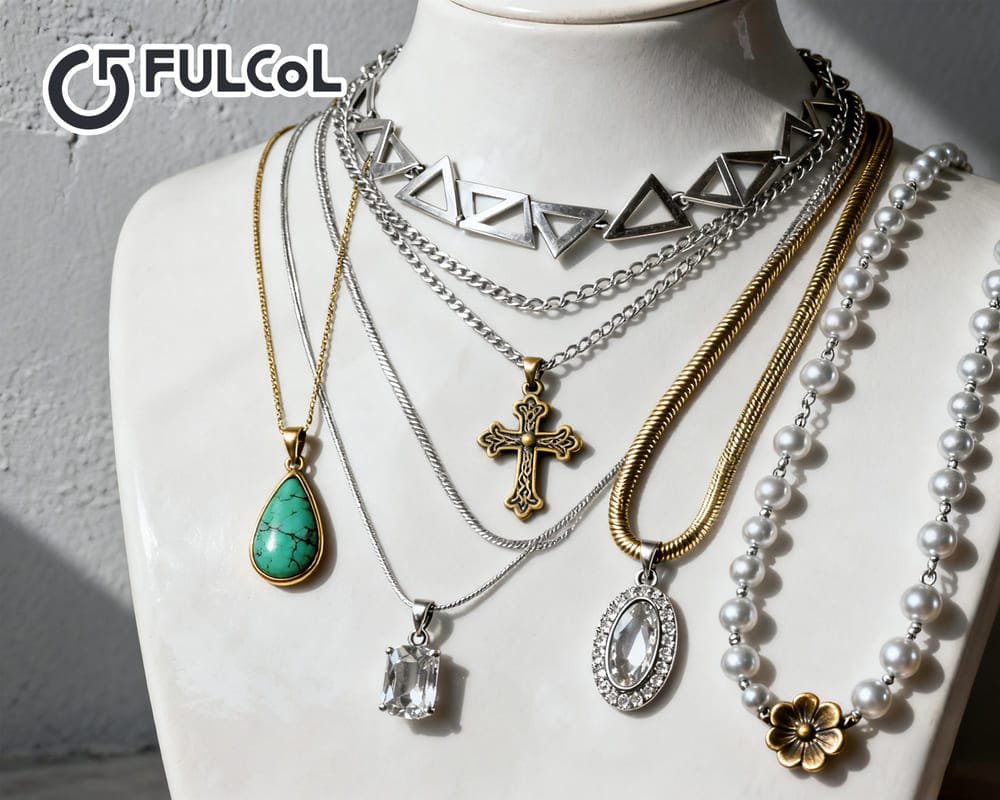Sterling silver jewelry, with its elegant and soft silver-white luster, good ductility and skin-friendliness, occupies an unshakable position in jewelry design around the world. From the noble jewelry of ancient Egypt to the design items of modern fashion brands, sterling silver is not only a metal, but also a symbol of the inheritance of history and craftsmanship.
Usually, what we call “sterling silver” is not 100% silver element, but silver with a silver content of 92.5%, also known as 925 silver. This ratio is recognized as the best ratio to enhance the strength of silver while maintaining its luster and softness. The softness of sterling silver makes it very suitable for jewelry design with complex shapes, especially in the casting process. Its moderate melting point (about 960°C) provides great flexibility for process operation.
Table of contents
- Preparation before casting sterling silver jewelry: from design to mold development
- Lost wax casting method detailed explanation: combination of traditional and modern processes
- Silver melting and pouring: precise control is the key to quality
- Post-processing: demolding, grinding, polishing and surface treatment
- Professional tool recommendations and operation tips
- Common casting problems and solutions
Preparation before casting sterling silver jewelry: from design to mold development
The first step of the casting process begins with creative design. Design is not just drawing a beautiful drawing, but also the basis for the realization of the process. Nowadays, many custom jewelry wholesale manufacturers have adopted 3D modeling software such as Rhinoceros, ZBrush, MatrixGold, etc. for modeling, which not only improves the accuracy, but also facilitates the subsequent mold making and size adjustment.
After the design is completed, it is necessary to make a wax mold. The traditional method is to carve the wax mold by hand, while the modern method is more commonly used to print the wax mold by 3D printing. This method has high accuracy and is especially suitable for designs with complex details. After printing, the wax mold is mounted on a metal rod to form the so-called “wax tree” structure, which is convenient for subsequent mass production.
The next step is to make a silicone mold or a plaster mold. Put the wax tree into a high-temperature resistant casting material (such as a special gypsum powder and water mixture) and wait for it to completely cover the wax mold and harden. Then put it into a high-temperature furnace to burn off the wax material, leaving a precise hollow mold. This is the core principle of the “lost wax method”.
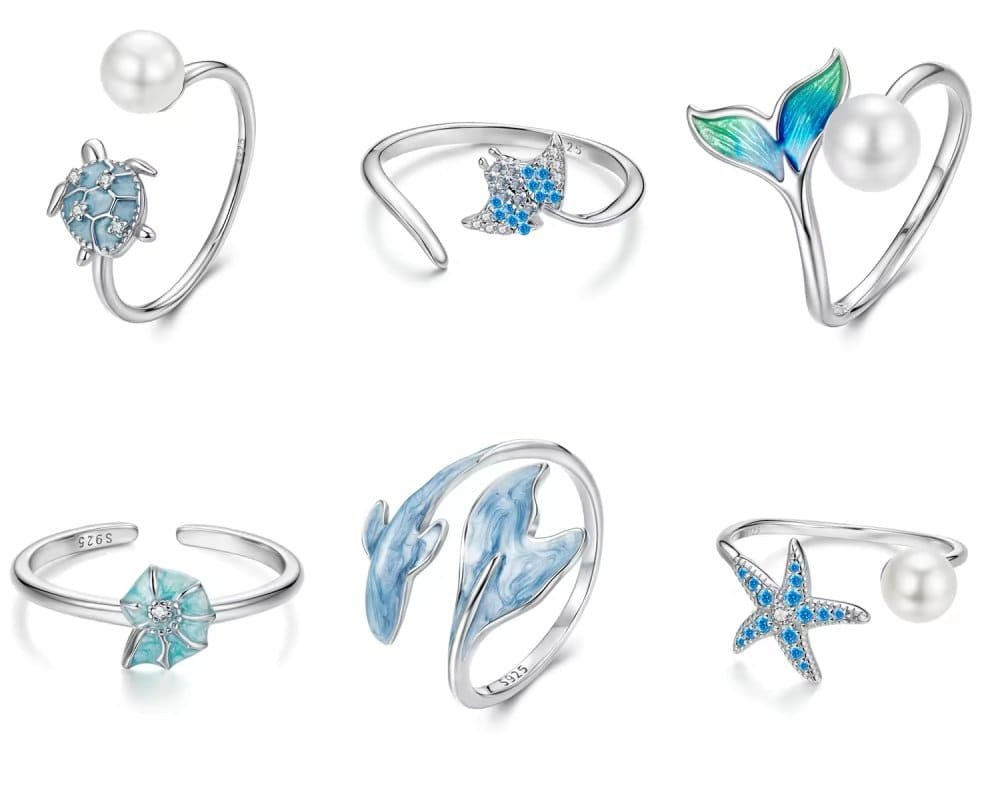
Lost wax casting method detailed explanation: combination of traditional and modern processes
Lost wax casting, also known as investment casting, is one of the most commonly used methods in the production of sterling silver jewelry. This technology can be traced back to Mesopotamia and ancient Egypt 4,000 years ago. It is still widely used today, but it has made great progress in equipment and efficiency.
The steps of the lost wax method are summarized as follows:
- Making wax molds: Based on the design, fine wax molds are made by wax carving or 3D printing.
- Building wax trees: Multiple wax molds are combined on a central wax rod to form a wax tree, which is suitable for batch casting.
- Wrapping mold materials: Wrap the wax tree with gypsum slurry to form a high-temperature resistant mold shell.
- Wax burning and drying: Heat the wrapped mold to 650~700°C, and the wax liquid flows out, leaving a hollow mold cavity.
- Pouring molten silver: Pour the molten silver into the mold, generally using vacuum or centrifugal pouring to ensure fullness.
- Cooling and demolding: After the silver liquid cools, break the gypsum mold and take out the casting.
Most modern factories use vacuum casting machines instead of manual centrifuges because vacuum equipment is better at removing bubbles and improving mold filling uniformity. Especially for complex patterns or small hollow designs, this method can greatly reduce the “lack of material” and “porosity” phenomena.
Silver melting and pouring: precise control is the key to quality
The melting point of pure silver is around 960°C, and special attention should be paid to temperature control when heating. Overheating may cause oxidation and ablation of silver, and insufficient temperature will make the silver liquid insufficiently fluid, resulting in incomplete filling of the mold cavity.
Common heating equipment includes:
- Resistance melting furnace (stable control, suitable for small batches)
- Induction melting furnace (fast melting speed, suitable for large batches)
- Gas blowtorch (for small workshops or handmade silver)
Pouring process can be selected:
- Centrifugal casting: Use centrifugal force to throw silver liquid into the mold, suitable for small manual studios.
- Vacuum casting: Put the mold into a negative pressure cavity, and the silver liquid is automatically injected into the mold under the action of negative pressure, with high precision and suitable for complex structures.
In addition, 7.5% copper is often added to the silver material to form a 925 silver alloy. This ratio is an international standard that takes into account both strength and ductility. If other elements such as zinc and nickel are added, it is necessary to pay attention to whether they meet environmental protection and allergy standards, especially for jewelry exported to the European and American markets, which must meet the requirements of REACH and RoHS regulations.
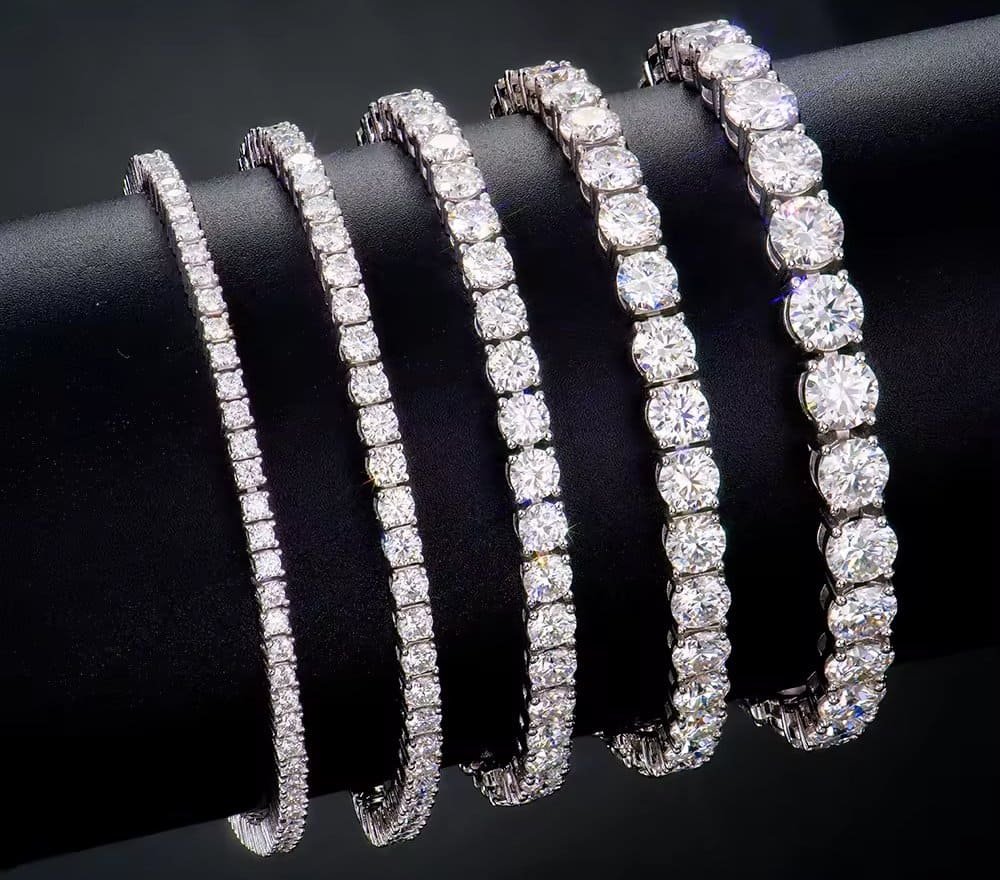
Post-processing: demolding, grinding, polishing and surface treatment
After the pure silver casting is taken out, the first thing to do is to demold. The overmolding is broken, the silver piece is taken out, and then pickled (usually 10% sulfuric acid solution) to remove the residual plaster and oxide layer.
Next enter the polishing stage. First, use a coarse grinding wheel to remove the gate, burrs and excess flash, and then use a gradually refined polishing wheel and metal sandpaper to polish the surface to make it smoother and more delicate.
Before the final polishing, many brands will use magnetic polishers and ultrasonic cleaners to clean the surface residues of the jewelry to ensure the polishing effect. The last step is mirror polishing or wire drawing. Some brands will also plate platinum (i.e. electroplating rhodium) on the surface of silver jewelry to enhance the gloss and prevent oxidation.
Some brands will also choose to perform antioxidant treatment, such as coating a nano-antioxidant protective layer to extend the gloss of silver jewelry and reduce the yellowing or blackening phenomenon after customers wear it.
Professional tool recommendations and operation tips
During the entire casting process, some professional tools can significantly improve efficiency and finished product quality. The following are common tools and their functions:
| Tool name | Main purpose |
| Furnace (electric/induction) | Melt silver ingots and control temperature accurately |
| Vacuum casting machine | Bubble-free casting, suitable for complex jewelry |
| Crayon/hot knife | Hand-carved wax molds |
| 3D wax mold printer | Precisely make complex molds |
| Polishing machine | Achieve mirror or brushed surface effects |
| Pneumatic grinding tools | Remove flash and trim structural details |
| Magnetic polishing machine | Remove fine residues in dead corners and improve finish |
| Ultrasonic cleaner | Remove grease and polishing residues to improve cleanliness |
In terms of operation skills, beginners are advised to pay attention to the following points:
- The wax mold should keep the surface smooth to avoid fine lines from being magnified into silver jewelry defects.
- The gate position should avoid the main pattern to facilitate later removal.
- Air agitation should be avoided when melting silver to prevent bubbles from mixing in.
- When polishing, use the coarse wheel to the fine wheel in sequence, and do not skip levels.
- It is recommended to use professional protective liquid for surface treatment to avoid oxidation problems.
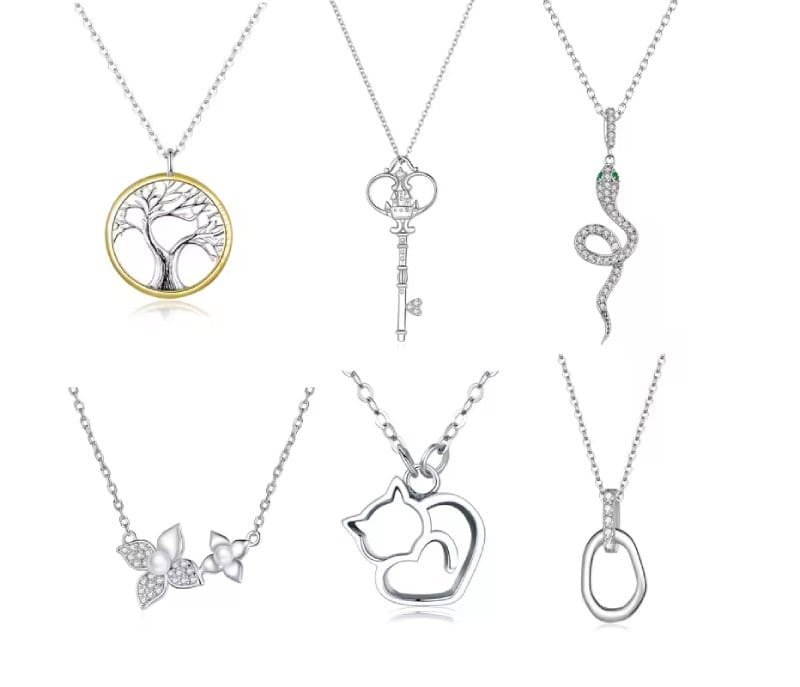
Common casting problems and solutions
In the casting process of sterling silver jewelry, common problems include:
Lack of material or insufficient filling
The reason may be that the temperature of the silver water is not enough, or the temperature of the mold is too low, resulting in poor fluidity. The solution is to appropriately increase the temperature of the molten silver and preheat the mold.
Surface blistering or pores
It is mostly because the mold is not completely dehydrated or there is gas in the molten silver. It is recommended to use vacuum degassing equipment to treat the silver liquid and thoroughly dry the mold.
Mold cracking or deformation
It may be that the proportion of gypsum is incorrect or not fully hardened. The gypsum should be strictly mixed in proportion and the drying time should be extended.
Silver jewelry oxidizes and turns black too quickly
This is related to the customer’s wearing habits, but it may also be related to the lack of antioxidant treatment. It is recommended to add antioxidant electroplating or nano protective coating.
| Start Your Custom Order | Email: info@fulcol.com | Number: +86 13055603907 |
The birth of a sterling silver jewelry is the crystallization of art and technology. From design conception to wax model making, from molten silver pouring to grinding and polishing, every step requires the support of patience, experience and fine craftsmanship. Excellent casting is not just pouring silver into the mold, but also the persistence of details, the requirements of quality and the pursuit of beauty.
For jewelry brands, designers, or craft enthusiasts, understanding every detail of the casting process helps to grasp the quality of the finished product and better cooperate with the factory to make sterling silver works with competitiveness and market value.
At Fulcol silver wholesale jewelry manufacturer, we have many years of experience in silver jewelry customization and production, combined with advanced equipment and professional teams, to provide high-standard sterling silver jewelry manufacturing services to global customers, helping brands realize their creativity and jointly achieve the beauty of silver jewelry.
